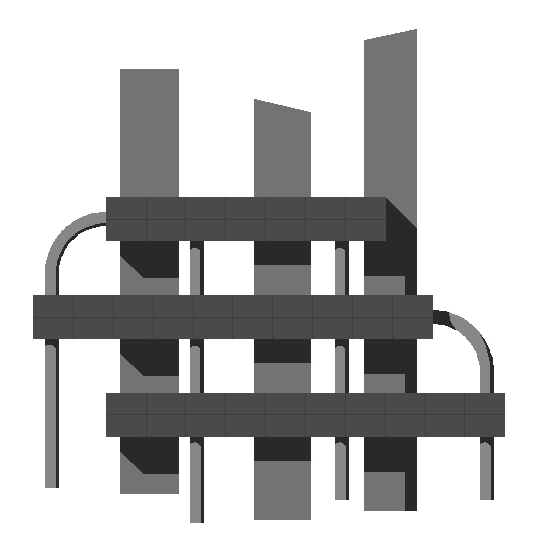|
Docente/i:
Danilo Manstretta
Denominazione del corso: VLSI analog-digital interface ICs
Codice del corso: 505003
Corso di laurea: Ingegneria Elettronica
Sede: Pavia
Settore scientifico disciplinare: ING-INF/01
L'insegnamento è caratterizzante per: Ingegneria Elettronica
Crediti formativi: CFU 6
Sito web del corso: http://www-3.unipv.it/microlab/drupal-5.3/?q=ADICS
Obiettivi formativi specifici
The main aim of the course is to provide an introduction to the design of a vast area of analog/digital interface circuits and systems: digital audio, terrestrial, cable and satellite TV tuners, Ethernet, wireless phones, WiFi, disk drives, etc...
The basic building blocks of these systems are filters (including equalizers), Analog to Digital Converters and Digital to Analog Converters.
The major emphasis is on system-level design, making the course well-suited to all students having a good knowledge of the basic electrical circuits (no specific IC design "experience" is required).
Lab projects provide additional knowledge of the CAD tools commonly used for the analysis and design of these systems.
Programma del corso
The course is structured in two parts: the first part is dedicated to the design of the main types of analog integrated filters, the second part provides an introduction to the design of the main architecture of D / A and A / D converters.
Lectures are complemented by the laboratories, which address the analysis and design issues, at the architectural and circuit-level, with the help of CAD tools. The various projects carried out in laboratories cover the area of A / D converters and different types of integrated filters, such as SC, and RC active gm-C.
Analog Filters
This part of the course deals with the design of various types of switched-capacitors and continuous-time analog filter architectures. The emphasis is on the architecture and on the key performances limitations/trade-offs. Specific circuit design examples will be discussed that are compatible with scaled CMOS VLSI implementations.
- Types of filters.
- Normalization and de-normalizing: scaling in frequency and impedance.
- Frequency transformation.
- Transfer function approximation: Butterworth, Chebyshev and elliptic transfer characteristics.
- Network functions (Butterworth, Chebyshev and Elliptic) Passive networks synthesis: loss-less networks, canonical realizations.
- Single-terminated and double-terminated LC-type networks.
- Active RC type filters.
- Active RC biquadratic cells.
- Ladder type filters.
- Transconductance-based Filters (gm-C)
- Switched-Capacitor Filters
- Noise in SC filters
A/D and D/A converters
This part of the course deals with the design of A/D and D/A converters. The emphasis is on the analysis and design of the different converter architectures and on the related performance limitations/trade-offs.
- ADC Introduction: performance metrics
- Basic building blocks: amplifiers, comparators, S / H circuits
- Flash and two-step flash architectures
- Pipeline structures
- Folding and interpolating structures
- Successive approximation converters (SAR)
- Interleaved converters
- Sigma-delta converters
- DAC Introduction: performance metrics
- D/A converters design: operating principles (scale of resistors, current division and charge division), circuit examples, yield estimation
Prerequisiti
The course assumes good knowledge of the basic electronic circuits (bachelor electrical-engineering courses).
Tipologia delle attività formative
Lezioni (ore/anno in aula): 40
Esercitazioni (ore/anno in aula): 0
Attività pratiche (ore/anno in aula): 15
Materiale didattico consigliato
During the course the instructor will provide students with the presentations used during lectures. Material from previous years can be found on the course website.
Kendall Su. Analog Filters, Second Edition. Kluwer Academic Publisher Group, The Netherland..
B. Razavi. Principles of Data Conversion System Design. IEEE Press.
R. van de Plassche. . Integrated Analog-to-Digital and Digital-to-analog Converters. Kluwer Academic Publisher..
Modalità di verifica dell'apprendimento
The final evaluation consists of a written test followed by oral discussion. As an alternative students can carry out a project (examples are posted on the course website). In this case the final evaluation consists of an oral presentation followed by an oral discussion.
|




![]()




![]()